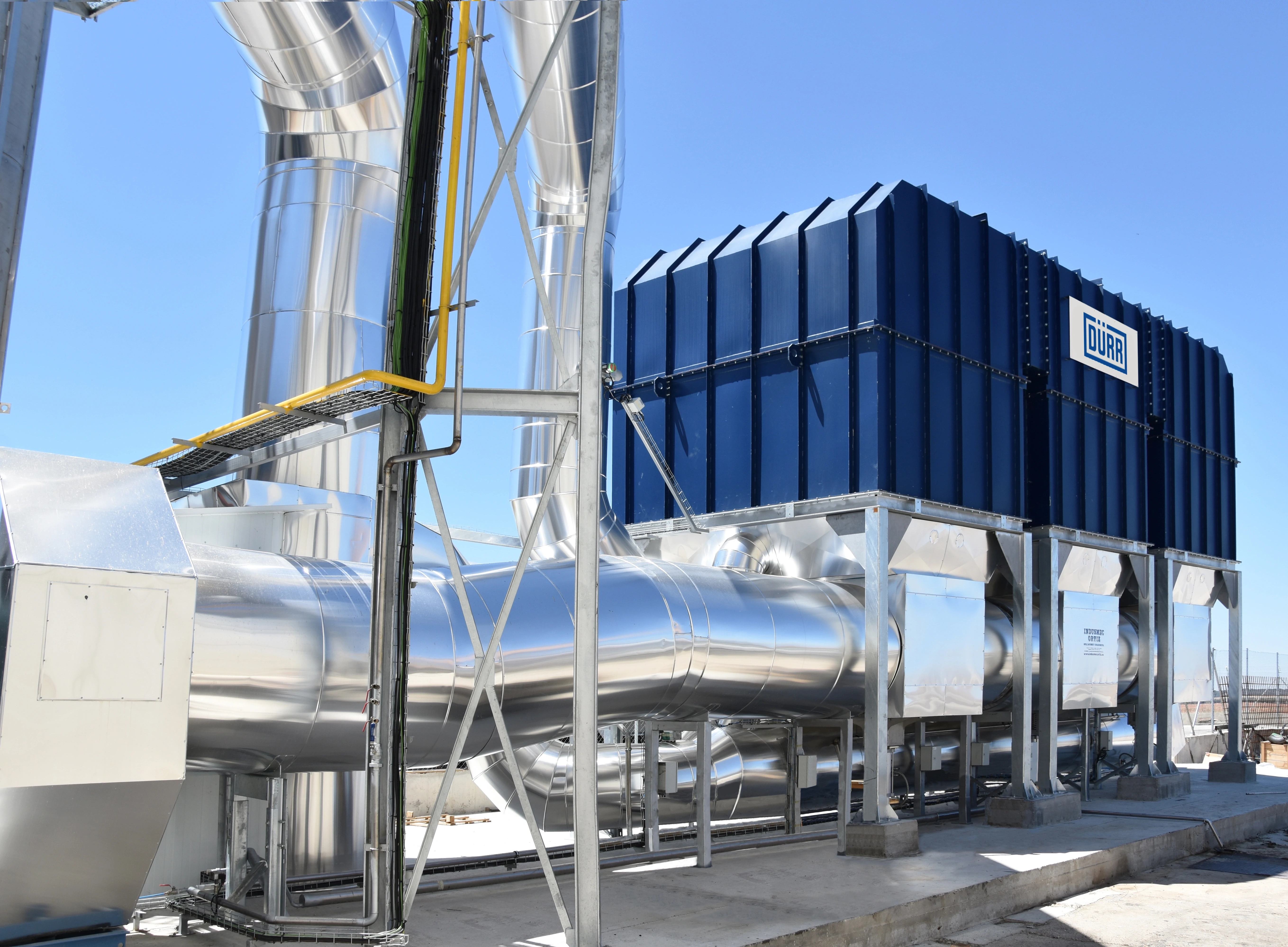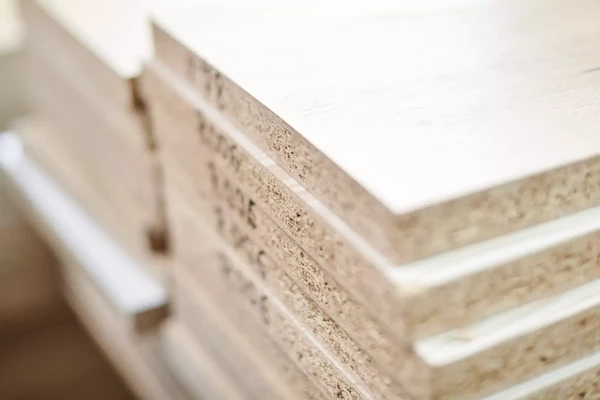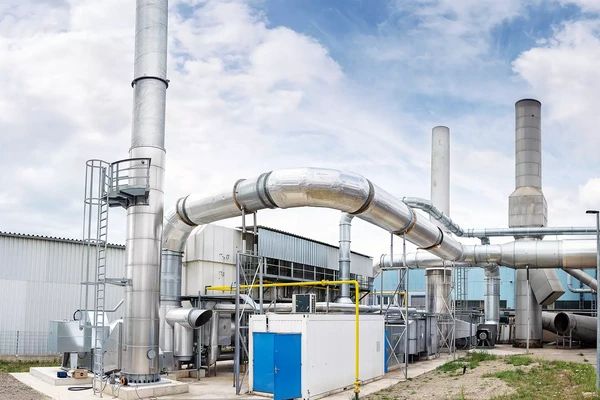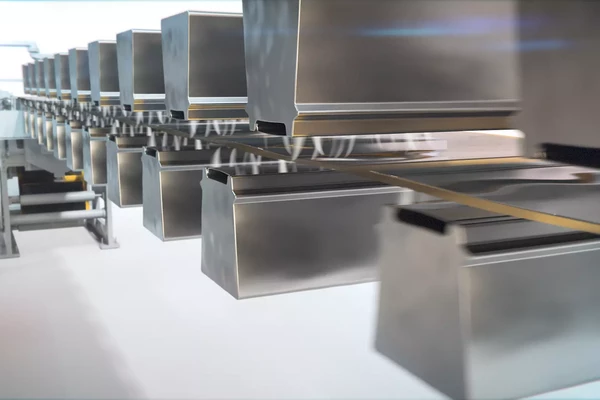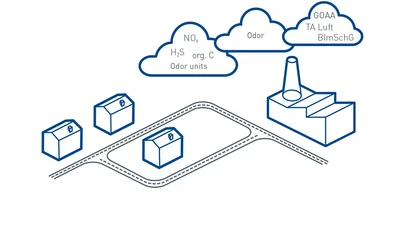
Efficient reduction of odor emissions
Feb 26, 2021
The oxidation processes and catalytic systems supplied by Dürr are the ideal solution for successfully reducing odors
With a wide-ranging portfolio of air pollution control products, Dürr is a leading global supplier in this field. A growing subsection of these products aims to overcome the challenge of effectively removing odor emissions as well as pollutants across a broad variety of industries.
The human nose has 30 million receptor cells for perceiving and identifying odors. This makes it a very important and sensitive organ. Smells are often linked with emotions. At the same time, they can also indicate danger and our brains react quickly when we smell harmful odors.
Legislation relating to odor emissions
The odor detection threshold in people varies significantly from one individual to another. This is why expert groups are needed to evaluate odors and draw up appropriate guidelines for dealing with them correctly.
The German Federal Immission Control Act, the Technical Instructions on Air Quality Control (TA Luft) and the Guideline on Odor in Ambient Air (GOAA) specify certain requirements for Germany. However, comprehensive regulations are not yet in place in every country. Odor problems are often highlighted as a result of complaints from residents. Companies are therefore faced with the challenge of meeting the requirements of the legislation and also avoiding the spread of unpleasant odors in the immediate neighborhood of their production facilities.
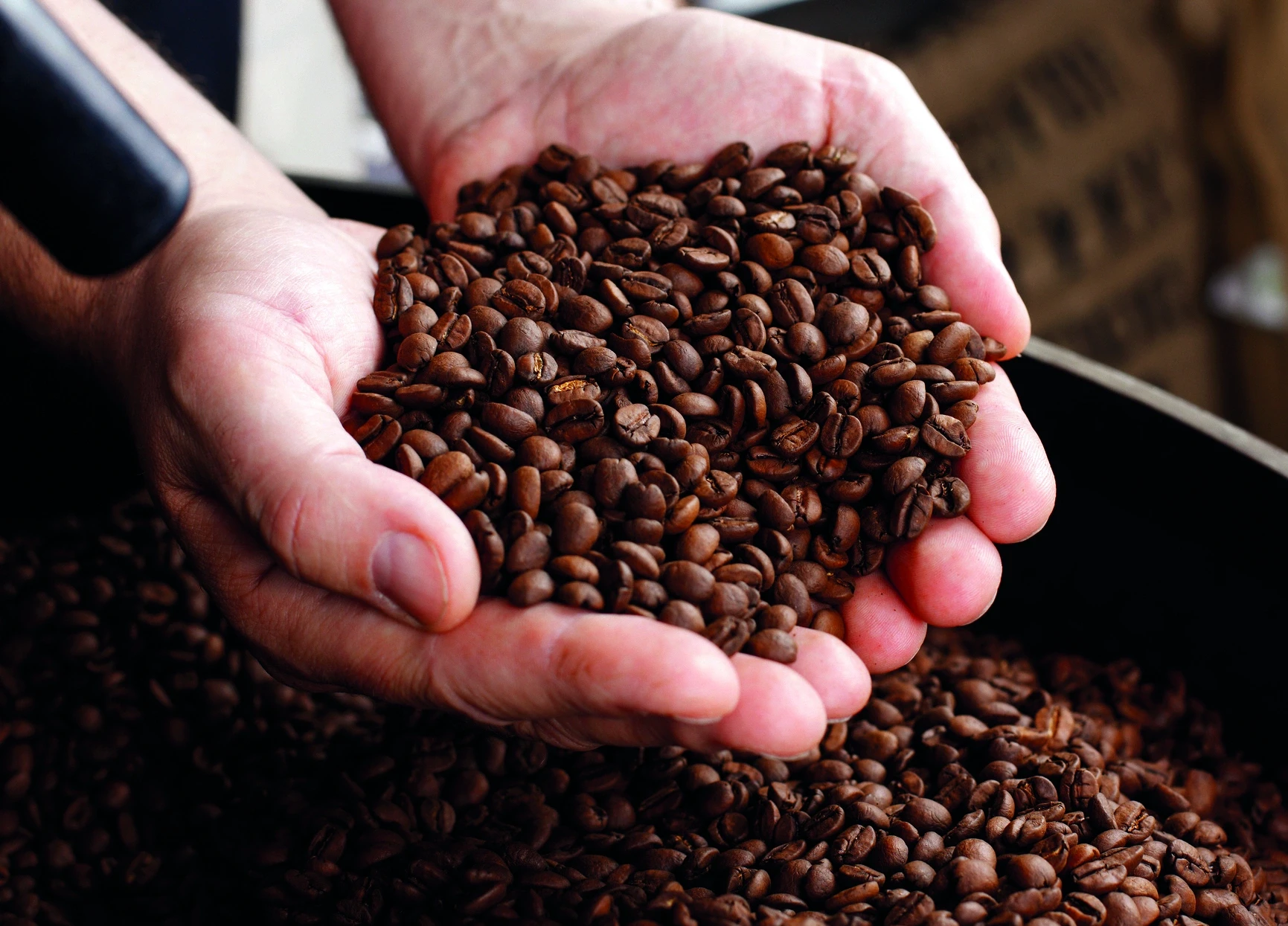
COFFEE
- Release of more than 800 volatile substances during roasting
- Highly variable operating parameters
- NOx emissions
We understand that people have become more sensitive to odors. This is due to an increasing awareness of environmental and health-related issues and to the growth of residential areas near industrial sites as a result of increasing urbanization.
Magnus Morsch, Global Customer Director for Environmental Technology at Dürr
Reducing pollutants and odor emissions
Air pollution control is the process of removing environmentally hazardous substances that are produced in industrial processes before they are released into the atmosphere. Some processes include phases which result in strong smells being emitted, such as roasting coffee, processing cocoa or manufacturing animal feeds. Odor emissions like these, which are specific to certain products, can be a problem for residents and employees in the long term. Smells produced by other industries, such as rubber manufacturing, are often linked in our minds with substances that are harmful to health. In these cases, minimizing the odors is particularly important in addition to controlling the air pollution.

VEGETABLE OIL
- Release of VOCs, hexane, inorganic odorous substances
- Non-thermal exhaust air purification processes only suitable to a limited extent
Tailor-made solutions from Dürr
Dürr’s Clean Technology Systems division offers companies from the relevant industries tailor-made solutions for avoiding odor emissions. The emission sources are identified and recorded during the process of planning the air pollution control system. The ideal → air pollution control process is then selected from Dürr’s extensive portfolio of products. Customizing the air pollution control system to meet the specific requirements of the customer’s processes enables the best possible results to be achieved. Often the process concept that is chosen requires highly energy-efficient oxidation processes, such as → regenerative thermal oxidation (RTO) or → catalytic procedures. By designing the air pollution control processes and any additional pre- or post-treatment phases to meet the customer’s needs, it is possible to create the ideal solution from both a technical and a lifetime cost perspective.
RTO systems are based on regenerative heat transfer. Dürr offers an extensive range of different RTO technologies. These include classic RTO systems with a burner and a combustion chamber and also single-bed, flameless regenerative thermal oxidizers, which use electric heating to allow for CO2-neutral and zero thermal NOx operation. The odors and pollutants can be removed efficiently because the systems operate at temperatures above 800°C. The dwell time, the cleaning concept in the plant, the order of the various stages of the process and the choice of materials also affect the air pollution control results and ultimately, odor reduction levels achieved.
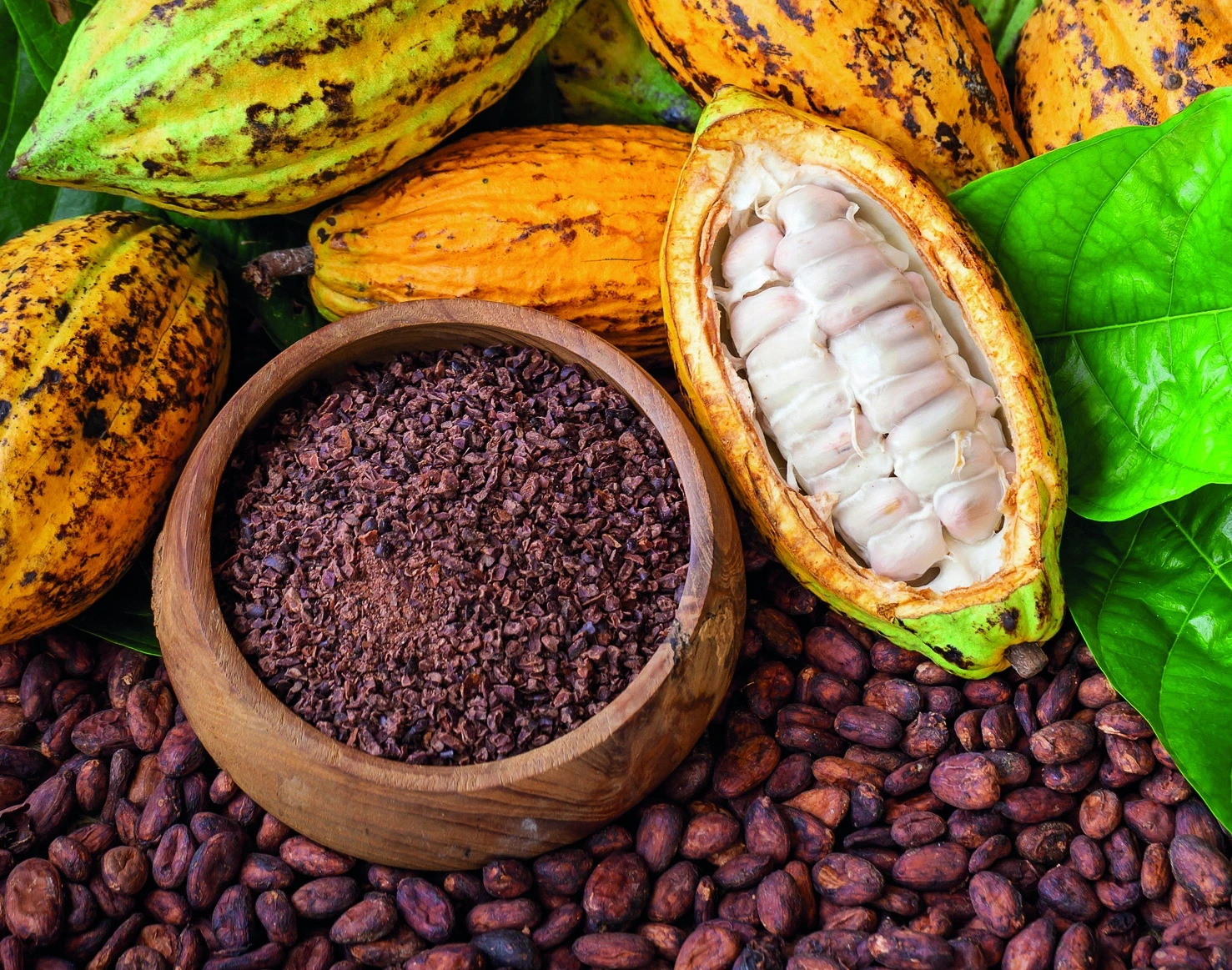
COCOA
- Several different emission sources during cocoa processing
- Corrosive and condensing exhaust air substances
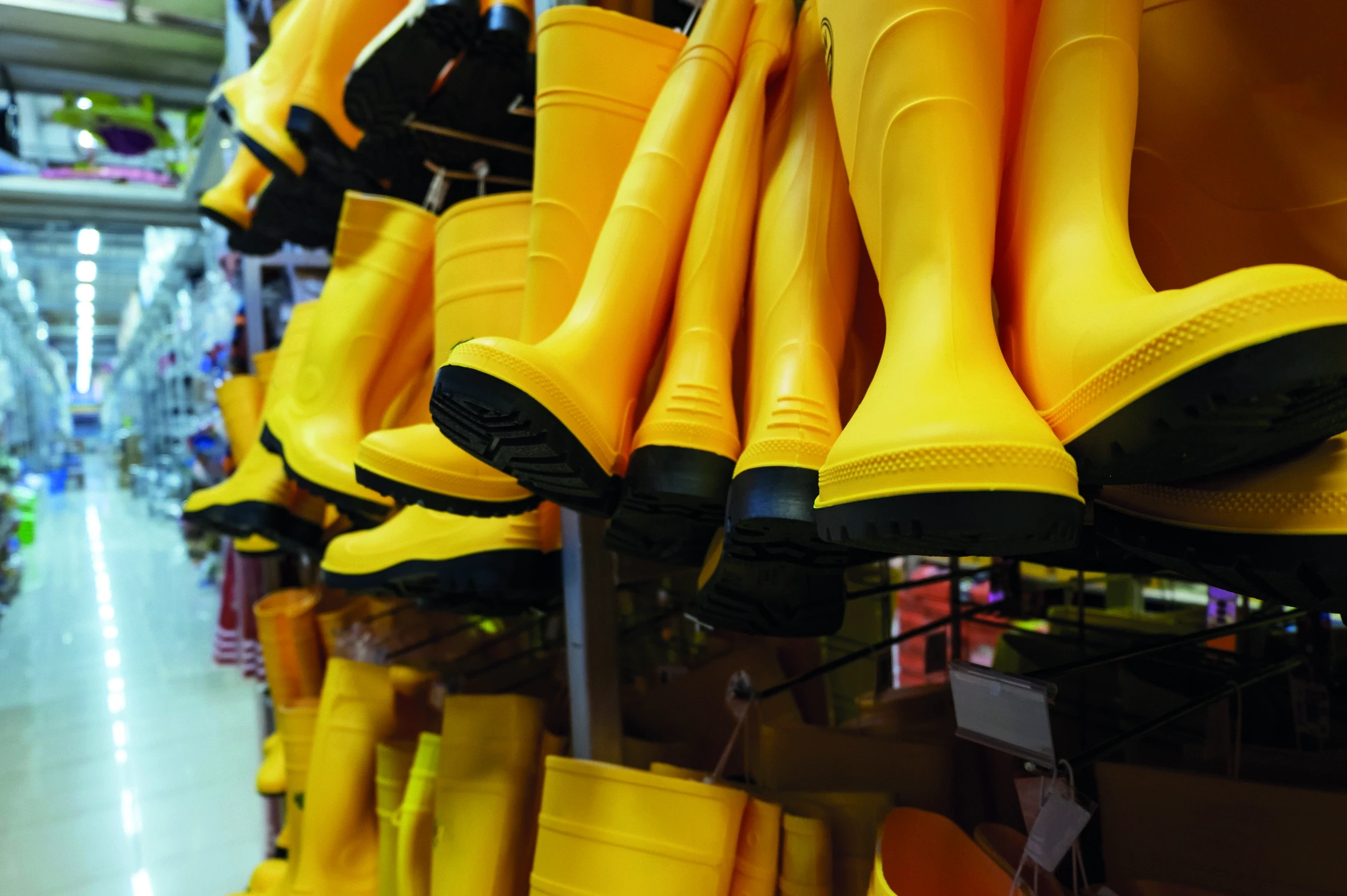
TECHNICAL RUBBER PRODUCTS
- Release of VOCs, high-boiling hydrocarbons, organosilicon compounds
- Dust/particle/aerosol loads
Magnus Morsch, Global Customer Director for Environmental Technology at Dürr, sums up the situation as follows:
The amendments to TA Luft adopted by the German government on December 16, 2020, underline the fact that thermal processes are ideally suited for this purpose. As the world’s leading supplier of air pollution control systems, Dürr understands how to effectively minimize emissions of pollutants and odors to ensure long-term compliance with the requirements of the legislation.
